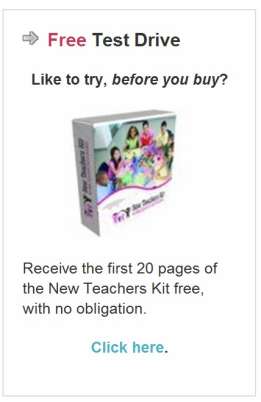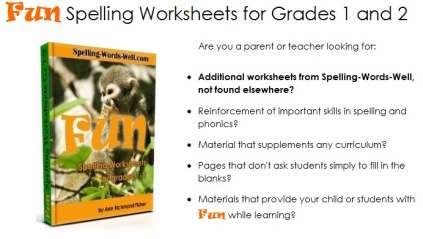Engagement
Learning is superficial until the learner is actively engaged. Teaching that emphasizes active engagement helps students process and retain information. It leads to self-questioning, deeper thinking, and problem solving.
Engagement strategies like repetition, trial and error, and posing questions move the brain into active and constructive learning. Such activities can lead to higher student achievement.
First, select learning activities that support the content of the instruction and engage students. Here are five steps teachers should follow:
Thoroughly learn/understand the curriculum.
Identify teaching objectives and strategies that engage students and build understanding.
Ask yourself these planning questions:
o What is the goal?
o What order does the teaching need to follow?
o What do the students already know?
o What do I want them to learn?
Prepare the lesson based on your goals.
Construct processing/learning activities that match the concepts, skills, and goals.
To engage students, the teacher must help students draw on their own experiences to build a "scaffold" on which they can "hang" new ideas. When students are actively engaged, they focus on what is being taught and better process new information.
Most effective teaching takes place in "chunks," so it is best to teach new information in 10 minute segments followed by a processing activity.
33

5 0 W A Y S T O B E A B E T T E R R E L I E F T E A C H E R
A processing activity is an activity that causes students to pose questions, manipulate information, and relate the new learning to what they already know. Such engagements reinforce the learning and help move the learning to the long-term memory banks.
A processing activity can be as simple as a 60-second jotting down of the important points just covered, telling your partner three things that you just learned, or expressing something in a song. Other activities include:
Designing a concept map,
Creating an outline,
Writing a story problem,
Making up a different ending to a story,
Designing mock trials,
Conducting an experiment,
Measuring the length of the hallways with triangles.
When students are actively engaged in their learning, they are processing and retaining information and using higher order thinking.
Advertisement
34


5 0 W A Y S T O B E A B E T T E R R E L I E F T E A C H E R
Develop Cooperative






